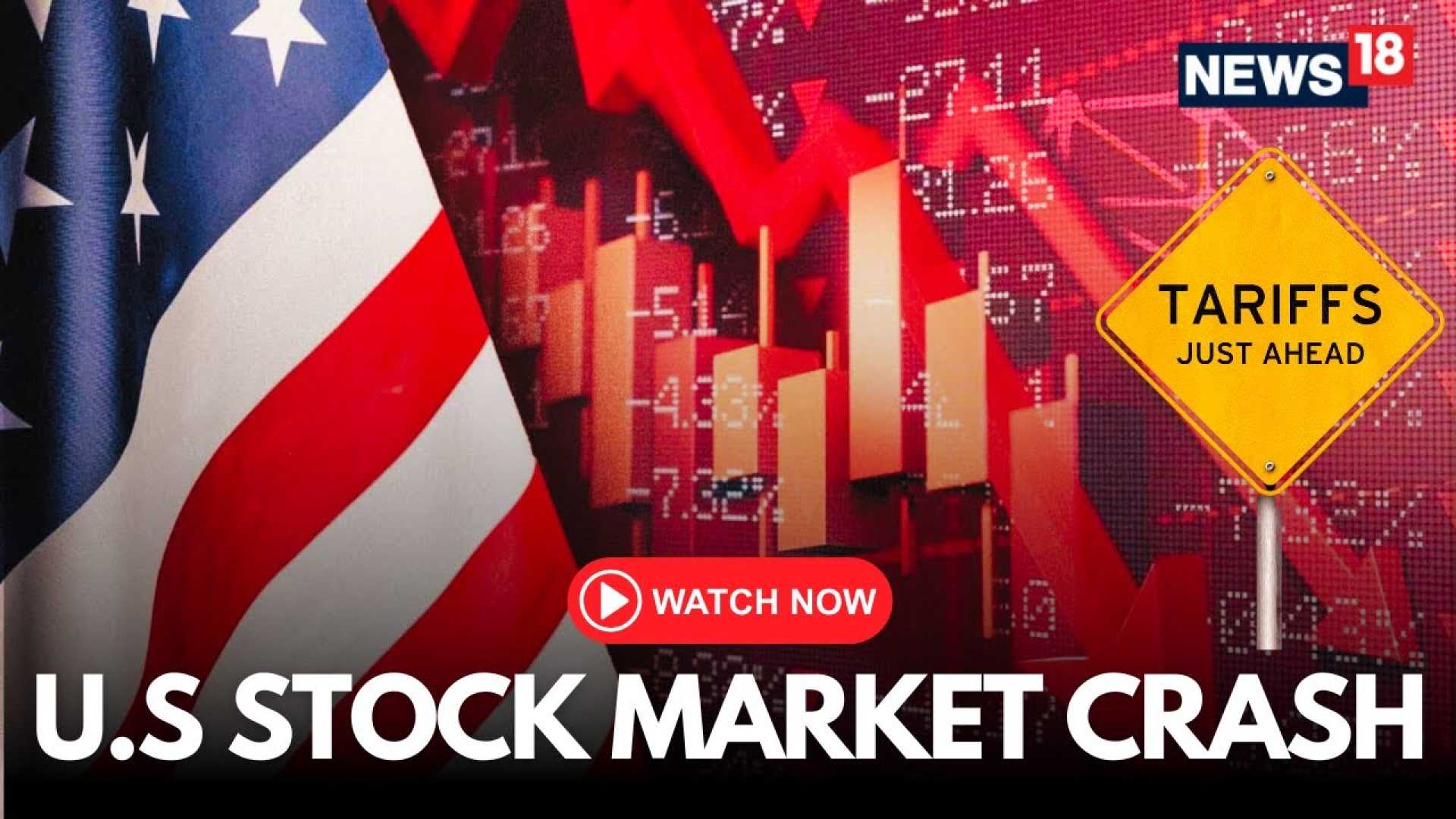Business
Market Weakness Persists as Investors Brace for More Tariff Fallout

NEW YORK, NY — As U.S. indexes grapple with the fallout from President Donald Trump‘s recent tariffs, analysts warn that the current market descent may continue before investors find stabilization. Morgan Stanley reports that the S&P 500’s next support level is around 4,700, about 6% below its midday level on Monday.
The S&P 500 has faced significant declines since last Wednesday, when President Trump announced an unexpected wave of tariffs against U.S. trading partners. This announcement initiated a broad sell-off in the market, culminating in the S&P 500 hitting its intraday low on Monday.
The 4,700 mark is just above the S&P 500’s 200-week moving average, which is viewed as a significant indicator for market health. Morgan Stanley analysts highlight that valuations are likely to show stronger support at this level, noting that the recent market correction has reduced valuations from pre-tariff highs. They point out that, “Many stocks have traded poorly all year, even while major indices were stable until mid-February. In many cases, the weakness was directly related to negative earnings revisions, which had little to do with tariffs,” said Mike Wilson, Morgan Stanley’s chief U.S. equity strategist.
However, there is no certainty that the 200-week average will hold up. Wilson notes, “It’s a good level to consider as potential support, should the markets choose to challenge the President’s stance on tariffs or the Federal Reserve’s approach to inflation, especially in light of slowing growth and market turbulence.”
Additional perspectives suggest that investors should brace for further market challenges. Wilson expresses that the extent of future stock pain largely hinges on whether the U.S. enters a recession triggered by tariffs, and the likelihood of such an event has grown significantly. Citing historical patterns, JPMorgan noted, “Historically, post sharp VIX spikes, equities tended to rise 85% of the time outside of recessions.” However, they emphasize that the current climate signifies that a clear recovery is still some time away.
Peter Berezin, chief global investment strategist with BCA Research, has consistently forecasted that tariff-induced chaos could drag the S&P 500 down to approximately 4,450 by year-end. In a recent interview, he reiterated this projection while acknowledging that it does not factor in a possible recession. He stated, “If anything, I might be too bullish on that forecast.”
Meanwhile, Lori Calvasina, head of U.S. equity strategy at RBC Capital Markets, revealed that the median decline for the S&P 500 during a recession typically ranges between 27% and 32%. With apprehensions about growth continuing to rise, RBC has revised its target for the benchmark index down to 5,550 from 6,200.












